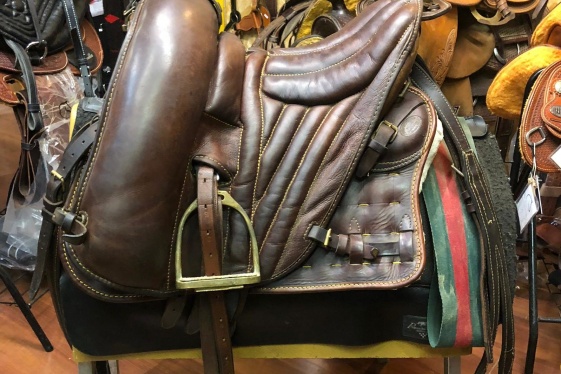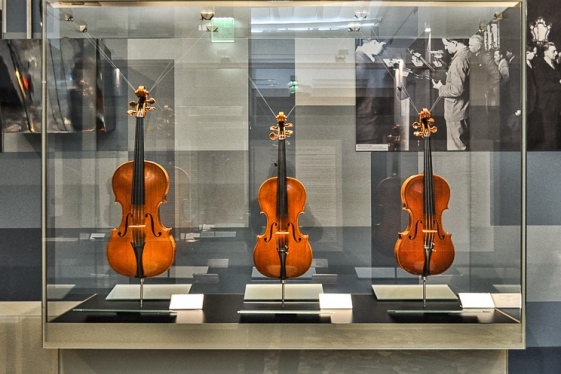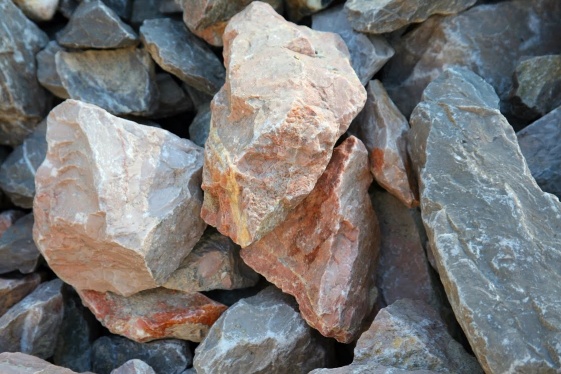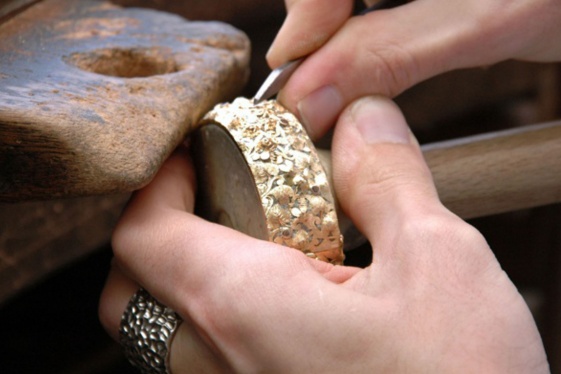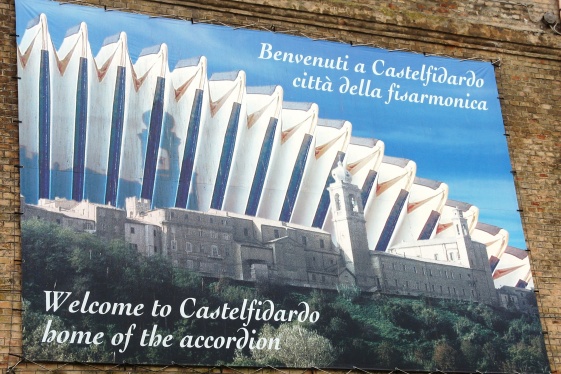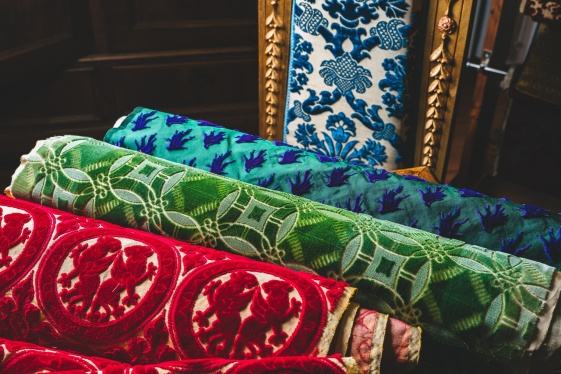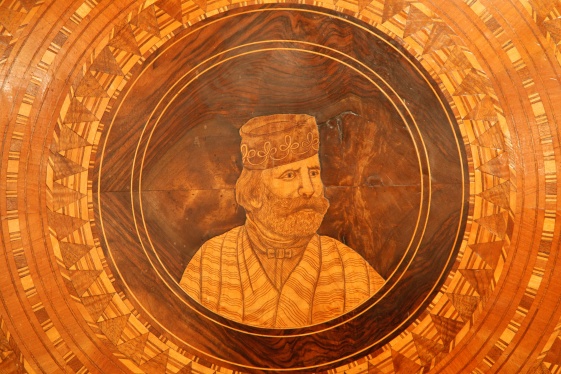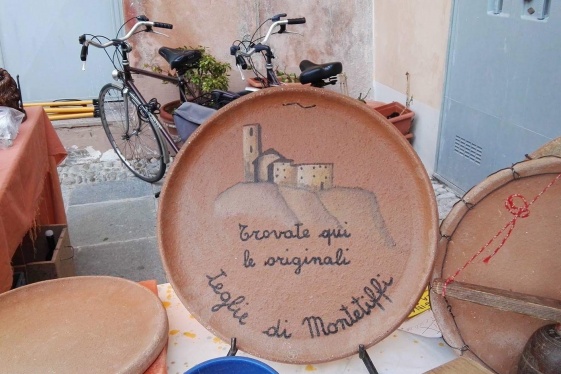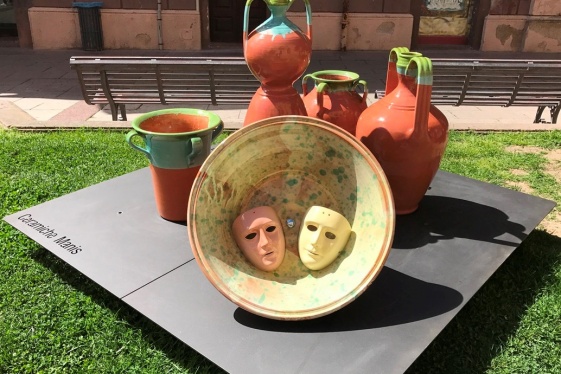Italian handcrafts: Grosseto Saddles
The first “horned saddles” or “buttera saddles” date back to the second half of the 16th century, during the period of Spanish influence, with the establishment of the State of the Garrisons in Tuscany, in 1557, at the behest of Federico II, King of Spain. The saddle had a very robust structure. It was constructed around a wooden frame made from fi...
READ MOREItalian handcrafts: Cremonese Violin Making
Cremonese luthiery, the art of making bowed and plucked stringed instruments, began in the mid-16th century and soon attracted attention on the international scene, thanks to the work of Andrea Amati and his disciples. The quality of the instruments made by Cremonese luthiers gradually declined from the end of the 18th century, but the foundations...
READ MOREItalian handcrafts: Cuneo Stone
The Monregalese (the area covered by the ancient province of Mondovi, including the mountainous region between the Tanaro and the Pesio) in the province of Cuneo, is one of Piedmont’s few marble reserves, and was certainly its most important one in the period when the use of coloured marble was at its peak (17th-18th centuries). The quarries of the...
READ MOREItalian handcrafts: Homeware from Omegna
The phases involved in the creation of “pots and accessories for the home” can be divided into three parts, according to the raw materials invented or used in the production of these objects. The first homeware company in Cusio was Calderoni Fratelli, established in 1851 in Casale Corte Cerro by Carlo Calderoni, who had learned the art of making pe...
READ MOREItalian handcrafts: The gold work of Vicenza
At the heart of the local jewellery industry’s success lies more than a hundred years of tradition. It is enough to know that the first written evidence of the importance of this sector in the province dates back to the early 14th century, with the signing of the statute of “the Vicenza Guild of Goldsmiths”, a corporation of more than 150 craftsmen...
READ MOREItalian handcrafts: The accordions of Castelfidardo
The ancestor of the accordion was the “tcheng” or “sheng”, an ancient instrument from China and other Southeast Asian countries dating back 4,500 years in time.The “tcheng” was the first instrument to use free reeds, the principle on which the accordion is based. The patent for the accordion was filed in Vienna in 1829 by Cyrill Demian, but it was...
READ MOREItalian handcrafts: Lisio Silk
Manifattura Arte della Seta Lisio (the Lisio Silk Art Factory) was established in Florence in 1906 by Giuseppe Lisio, a determined and enterprising man from Abruzzo. Trained in the field as a representative of Luigi Osnago di Milan, an important weaving factory that participated in the Exposition Universelle of 1900 in Paris, Lisio nurtured the dre...
READ MOREItalian handcrafts: Rolo inlaying
An important role in the production of Italian wooden furniture with inlaid decoration must be attributed to the workshops of Rolo, a centre in which this art was already established in the eighteenth century. The merit is due in particular to the rural environment, with its knowledge of wood and woodworking techniques. The construction of inlaid f...
READ MOREItalian handcrafts: The terracotta dishes of Montetiffi
Romagna has a type of bread called “piada” that is soft, thin, warm and fragrant, and is always cooked on a terracotta dish called a teglia. Clay dishes have been manufactured in Montetiffi for centuries, using a technique that dates back to the distant past, perhaps even prehistoric times. Two terracotta dishes are preserved in the archaeological...
READ MOREItalian handcrafts: The Ceramics of Oristano
The manufacture of ceramics in Oristano is linked to the geological characteristics of the area. The city is located between two large ponds near the mouth of the Tirso, where the clay component of the soil has provided the raw material for the production of various forms of pottery from Neolithic times to the present day. The most ancient example...
READ MORE


